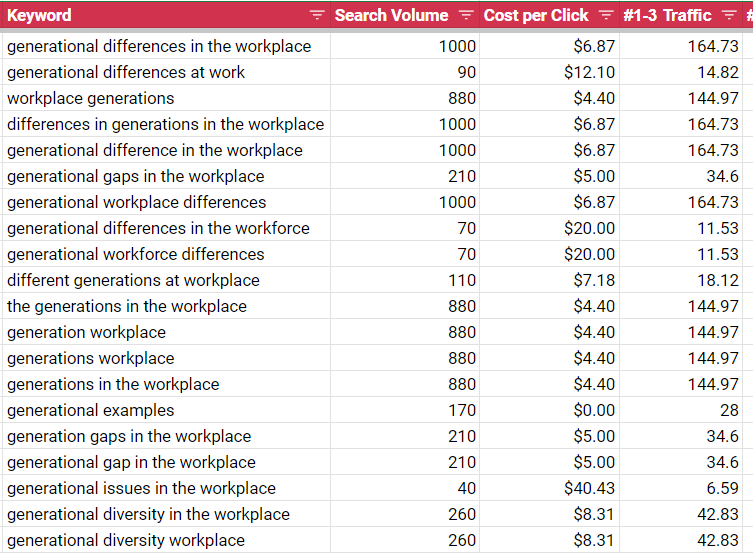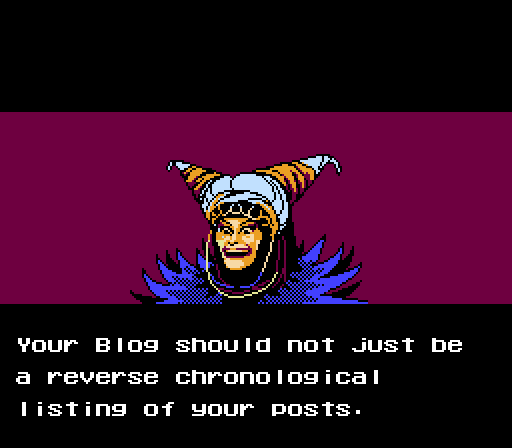One of the missing facets of SEO skills is connecting the keyword data available into business terms that make sense to CEOs, directors of marketing, CMOs and CFOs who are more accustomed to “Business Intelligence (BI)” data to help them make budget and fiscal decisions. That’s why you should add this terminology to your vocabulary for your next budget justification, SEO services pitch or quarterly marketing meeting: “Opportunity Sizing”
What is SEO Opportunity Sizing?

SEO Opportunity Sizing is a process that SEO professionals can use to quantify the potential impact of an SEO campaign or initiative before making the decision to invest in it. It involves gathering a universe of keyword phrases relevant to your campaign, either around a service, product or topic that resonates with your target audience and gathering relevant keyword volume data to quantify the market potential.
**Note that you will be multiplying that raw search volume number by Organic CTR rates, conversion rate, sales close rate and revenue per sale to get actual revenue numbers, and not just vague search volume data points.
Complications In Opportunity Sizing For SEO Campaigns

Once you’ve gathered a number of relevant terms and phrases through keyword gap analysis, content analysis tools, and other processes you only have one key datapoint: Monthly Google Search Volume.
The problem is that metric is an estimate for ALL the traffic, and not actually a representation of how much YOUR site could capture. It is fundamentally unlikely that even with the best campaign, you’re going to rank in the top 1-3 positions for ALL of your relevant terms and phrases. So you have two variables to handle:
What average ranking position is possible for you to reach?
What percentage of your target keyword phrases can you realistically rank for?
Once you go through the steps for SEO forecasting you can create a table like above, showing potential traffic, leads, sales & revenue. In the above example, the very best SEO opportunity sizing outcome you could forecast would generate something like 130k monthly revenue for getting just 1/2 of your target terms into the top 1-3 positions.
The good part is that by taking this approach, you can actually visualize for your boss, CEO, CFO or potential client the RANGE of opportunity that your campaign could achieve.
Search Volume’s Utility as an SEO Metric: Additional Caveats
Remember that Google shares those “Search volume” metrics out through it’s API for it’s ad program. There’s several weaknesses, limitations and caveats to why it’s not a “perfect number”.
- Duplicate Search Volumes: people looking for the same item input different versions of the same phrase. Aka Nashville photographer and Nashville photographers. SOMETIMES if multiple terms are similar enough, Google’s API will return the SAME search volume for multiple terms.

You can see in this example where “generations workplace”, “generation workplace” and “generations in the workplace” all have 880 for search volume. If you were unaware of this duplicative value, and just took the sum of all that search volume, then you’d be artificially inflating your numbers.
- Lower Search Volume Causes “Blind Spots”: The lower the monthly volume of searches, the less likely the data is to be accurate.
- While duplicate search volume is a pain, a secondary issue is that they WON’T be combined, but that those additional versions of those searches are fewer than 5 or 10 a month and may not appear at all, or give a specific value.
- This becomes more pronounced when you’re providing a service that’s geographically specific!


